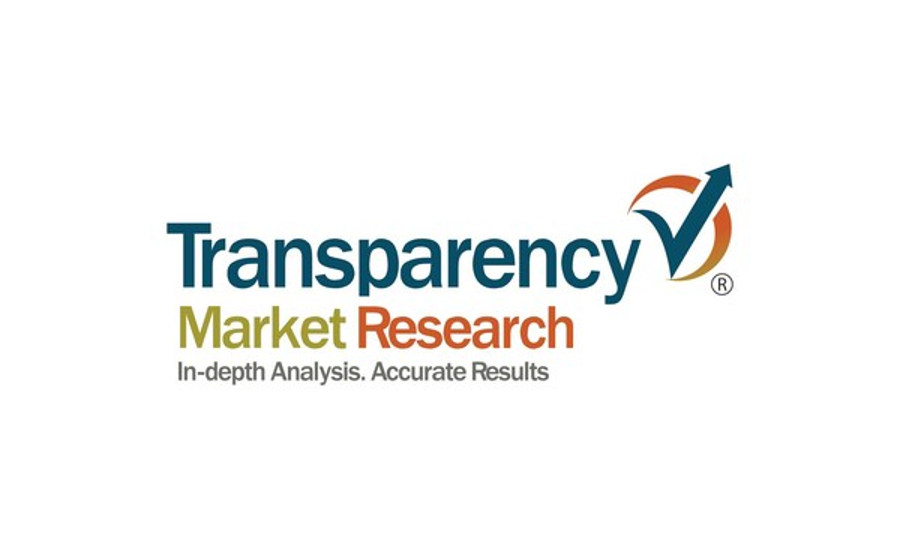The Global POM Market Demand in 2017 was estimated to be about 1276 kilotons which have grown by at an aggregate rate of 4.5% per annum between 2005 and2017. Global demand is expected to grow to nearly 1693 kilotons by 2025, with a growth rate of 3.6%
Utilization rates for POM globally averaged nearly at about 73%between 2005 and 2017. The utilization rates peaked to 87% in 2007 before declining to 71% in 2009 mainly due to a decline in demand as well as a result of new production capacities coming on-stream. In our short term forecast to 2020, we expect utilization rates to remain around low 70s.
- Top eleven producers hold about 70% of the global production capacity and with at least fifteen other companies producing smaller quantities.
- The largest producers are of POM copolymers while only two plants produce POM homopolymer.
- Five of the largest eleven POM producers have production facilities in the USA, Western Europe, and Asia.
- Global POM capacities in 2016 stood at 1863 kilo tons with over two third of the capacity located in Asia and Europe. Since 2005, less than 825 kilo tons of new capacity have been added, largely in Asia with an increment of 77 kilo tons capacity per year, the installed capacity grew by almost 9.3% per year. POM capacities are slated to increase globally from 1863 kilo tons in 2016 to 2172 kilo tons by 2025 resulting in an average of 1.7% growth in capacity every year. Major new POM capacities will be on-stream by 2020-2025, with over 30 kilo tons of capacity being added each year till 2025. During this period around most of the capacity additions will be in China while around 20 – 30 kilo tons will be in Western Europe.
Historically the average utilization rates from 2005 to 2016 have been over 70% which witnessed a decline in 2009 following onset of global economic recessionary trend. The decline in POM demand has affected the operating rates worldwide, and utilization is likely to fall further to 68% during 2017-2018 with recovery in utilization starting post 2018.
FOR MORE REPORT :- https://prismaneconsulting.com/reports



